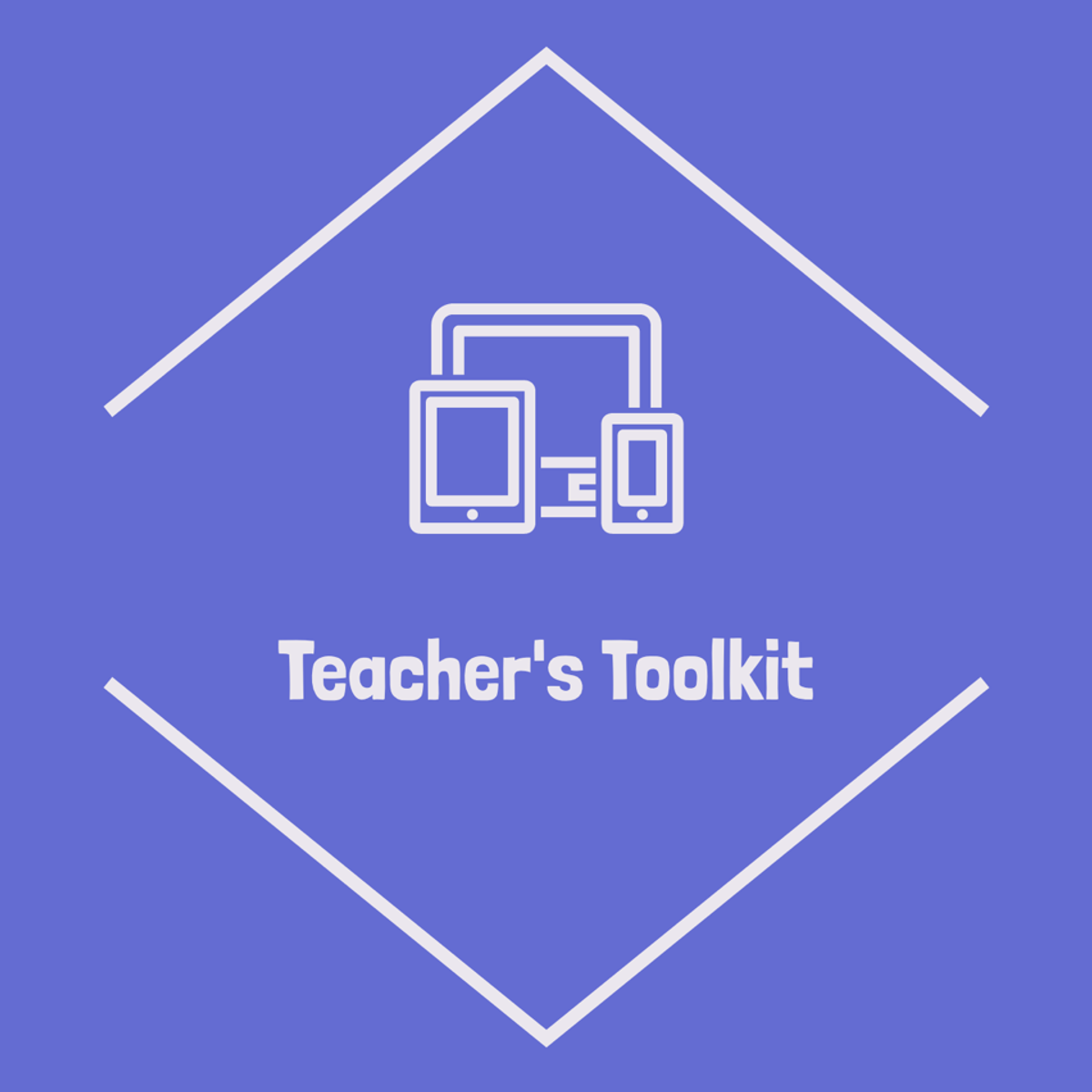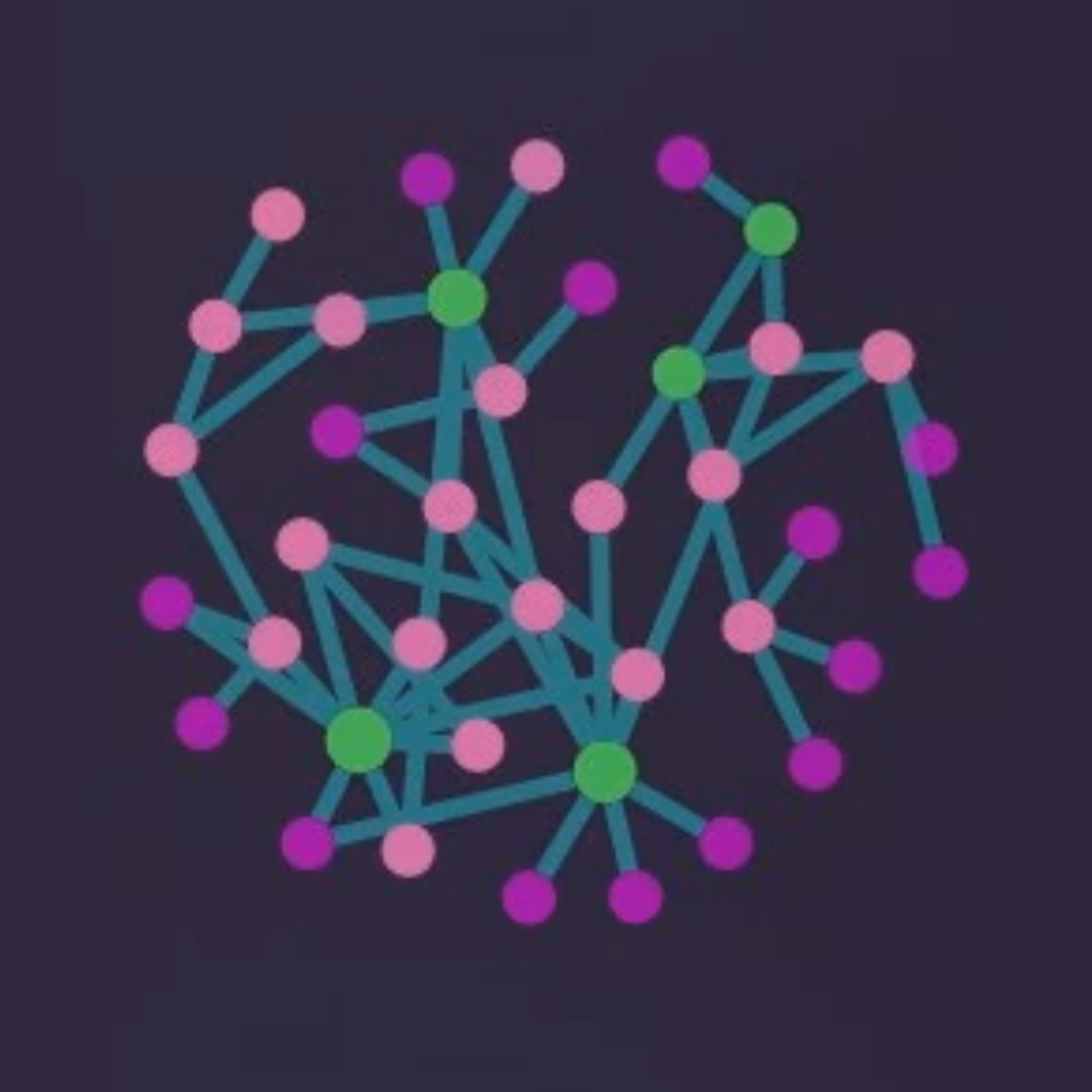Back to Courses









Personal Development Courses - Page 9
Showing results 81-90 of 514

Cooking for Busy Healthy People
Cooking is one of the most powerful ways in which we can optimize our enjoyment of great quality food while protecting our health. Even on a tight budget, cooking can be a cost-effective, joyful and rewarding way to love the food that will love us back for a lifetime. In this course, you’ll learn some basic recipes from a home cook and two professional chefs who prioritize healthful eating. You’ll also learn some of the fundamentals of principle-based cooking that can help you break free from the chains of having to follow recipes exactly. Better health and creative expression lie in the ability to improvise in the kitchen, using whatever is available to make tasty, simple meals. We can’t wait to welcome you into our kitchens in this mouth-watering course! Here’s to your health and the home cooking that can support it!
Special thanks to course contributors: Israel Garcia, Jacopo Beni, Jesper Baanghaell, Sejal Parekh, William Bottini, Perry Pickert and Friday Films

Create Visually Engaging Presentations using Microsoft Sway
Do you want to wow your audience with interactive, engaging presentations? With Microsoft Sway, you’re no longer limited to picking pre-designed templates that make your presentations look like everyone else’s. You don’t have to have any design skills to transform and showcase information in modern, interactive, and attention-getting ways. Sway lets you customize styles to your liking, and intelligently suggests unique styles that suit your presentation!
This Guided Project, "Create Visually Engaging Presentations using Microsoft Sway'' is for creative-minded, keen learners, who want to improve their business communication and delivery effectiveness, or simply learn something new.
In this 2-hour long project-based course, you will learn how to create a new Sway, add content to a Sway, customize a Sway using different design elements, and share a finished Sway on the web. After completing this project, you’ll be able to create modern, professional-looking presentations for any occasion in minutes using Sway!
Sway is free to use for anyone with a Microsoft Account (Hotmail, Live, or Outlook.com). If you don’t already have an account, you'll learn how to create one here.
Are you excited to make an impression on your next presentation? Then what are you waiting for? Let's get started!

Strengthening Your Widening Network
In this course, you will learn strategies not only on how to communicate effectively but also how to strengthen your relationships with co-workers and other stakeholders from diverse cultural backgrounds, both inside and beyond the organisation. In particular, "Strengthening your widening network" aims to equip you with a workplace discourse that facilitates familiarity with practices in the working environment and to help you appreciate the complexities inherent in the organisational structure and hierarchy.
You will learn to write effective emails demonstrating a keen awareness of your audience and the 7 communication principles. In addition, you will learn to voice your views and assert your position at various communication contexts such as formal meetings and work-related discussions.
By the end of the course, you should demonstrate a greater communicative and linguistic competence, with a better grasp of interpersonal and intercultural communication in a globalised workplace.

ADHD: Everyday Strategies for Elementary Students
This course will provide an overview of ADHD diagnosis and treatment. Course participants can expect to learn about ADHD as a developmental disorder that begins early in childhood, and participants will also learn about evidence-based approaches for diagnosing ADHD. Following that, two evidence-based treatment approaches (the Daily Report Card and Parenting Strategies) will be introduced. (Note these course activities are informational and are not intended to replace working with a licensed/trained professional).
Learning Objectives: Students will be able to identify the behaviors characteristic of ADHD, the components of a diagnosis, and evidence-based treatment procedures that can be used in the school or home.
1. Identify the key areas of functional impairment, symptom presentation, and diagnostic decision-making for youth with ADHD.
2. Develop a behavioral intervention suitable for treating ADHD in the school setting.
3. Apply effective parenting and teaching strategies for supporting youth with ADHD in the home, classroom, and neighborhood.

Implementing Parent Feedback with Google Forms
By the end of this project, you will have created a parent survey that you can send to your students’ parents at the end of each school year. Continued professional development is important to be the most effective and current teacher you can be. But we do not often receive the feedback we need to keep our growth going.
Through this project, you will be ready to gain valuable feedback from parents, allowing you to discern areas of strength and growth for your future teaching. Using these same skills, you can go on from this project to create surveys to use with your students - especially for those in middle and high school - in order to start the year strong or gain insight for future growth. Feedback can also become a part of your professional portfolio. What better data than feedback from your classroom community?

Presentations: Speaking so that People Listen
Do you have to give presentations in school or at your work? Is it nerve-racking? Then you've come to the right place. Everyone gets a little nervous when they think about having to stand in front of other people and speak intelligently. This course will give you helpful tips for making effective speeches and delivering them well in typical American settings. You'll learn how to organize a presentation, how to make it memorable, and how to communicate clearly. In the course, you'll have several opportunities to demonstrate the presentation skills that you learn. This will help you gain the experience you need to be more confident when you give a speech in an American classroom or on the job. Learners will record several videos of themselves giving assigned presentations and upload the videos for peer feedback.
Please note that the free version of this class gives you access to all of the instructional videos and handouts. The peer feedback and quizzes are only available in the paid version.

A Second Brain with Obsidian
In this hands-on guided project you will learn how to use the knowledge base app Obsidian. With its powerful interface, Obsidian makes it easy for anyone to structure note taking dynamics suitable for a variety of purposes: from personal journaling, to study or work notes. On top of that, one can establish links across notes and quite literally build a digital brain based on all of these connections, powered by Obsidian's Graph View.

The Big Stuff: Evolution and Ecology
In this course, we will explore how evolution works to generate new species, the wide variety of life on earth. We will also touch on the importance of biodiversity for the overall health of our planet, and for our well being as humans. Then we will discuss ecology and the interconnectedness of life and touch on one big ecological issue in today’s society, conservation.

First Step Korean
This is an elementary-level Korean language course, consisting of 5 lessons with 4 units, and covers 4 skills: reading, writing, listening and speaking. The main topics include basic expressions used in everyday life, such as greetings, introducing yourself, talking about your family and a daily life and so on. Each lesson covers dialogues, pronunciation, vocabulary, grammar, quizzes and role-plays.
After completing this course, you will be able to
1. read and write Korean alphabet.
2. communicate in Korean with basic expressions.
3. learn basic knowledge on Korean culture.
It’s fun and easy to follow! Enjoy it!

Introduction to Personal Branding
Though the concept of personal branding isn't new, questions remain about how to create one and, more importantly, what it means to maintain and inhabit that brand.
Learners will:
o Understand both what personal branding means and what it means to inhabit their brand
o Establish themselves on at least three social media platforms
o Create a mission statement for their personal brand
o Build a board of directors for their brand
o Become familiar with the basics of digital security and reputation management
o Create a system for on-going brand maintenance
Join instructor Kimberley R. Barker as she provides a warm, supportive atmosphere in which learners are encouraged to intensively explore themselves in order to create a personal brand that authentically and effectively communicates their values and professional gifts. Together we will build a strong community in which to provide encouragement and feedback, and support each other as learners pursue their goal of successful brand creation.
Popular Internships and Jobs by Categories
Find Jobs & Internships
Browse
© 2024 BoostGrad | All rights reserved